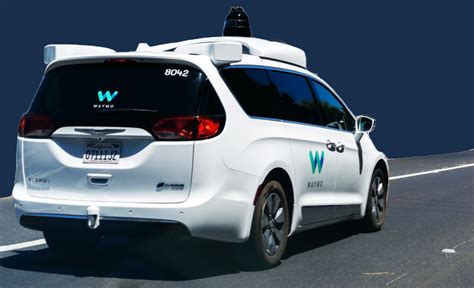San Francisco has always been a city of innovation, from the gold rush days to the dot-com boom, and now it’s embracing yet another frontier: autonomous vehicles. Waymo One, the self-driving taxi service, has officially opened its doors to the public in San Francisco, marking a significant milestone in the adoption of driverless technology for urban transportation. This development signals a major leap forward in the evolution of autonomous vehicles, and it’s not just about the technology but also about changing how we think about urban mobility.
For residents who have watched the city evolve over the past decade, the arrival of Waymo’s driverless taxis is both exhilarating and unnerving. The transition from skepticism to a reality where autonomous taxis are becoming commonplace has been swift. As some residents point out, it wasn’t long ago that the notion of a driverless taxi seemed far-fetched. Now, you can hail a Waymo and be greeted by a Jaguar I-Pace with an empty driver’s seat, ready to navigate the intricate streets of San Francisco. The overarching sentiment among users indicates a mix of awe and acceptance, with many acknowledging the autonomous vehicles as exceptional drivers. These user experiences are complemented by a sophisticated design that includes comprehensive interior displays showing the surrounding environment and various customizable settings, such as music and air conditioning.
However, the debate over whether these cars are genuinely autonomous or merely driverless continues to rage. Some argue that there’s always a person behind the scenes, ready to take over if the car encounters an insurmountable challenge. While others counter this by pointing out that minimal human intervention does not equate to manual driving. A remote supervisor can only issue high-level instructions rather than control the car’s every maneuver. The notion of ‘assistance’ rather than direct control helps clarify the level of autonomy these vehicles currently operate under. Waymo aims for Level 4 autonomy, meaning the car can handle most tasks but may occasionally require human oversight for complex or unusual situations.
**The debate over driverless versus autonomous vehicles exposes broader questions about technological progress and public perception**. For instance, a vehicle’s ability to navigate without a human driver on board – something Waymo currently achieves – is a profound shift. Yet, for many, the dream remains of a fully autonomous vehicle that requires no human intervention at all, even remotely. As some pointed out, owning such a vehicle isn’t in the cards for individuals or smaller companies due to the infrastructure required for remote supervision. This reality limits the full transformative potential of autonomous driving technology to large-scale operations, much like Waymo’s fleet.
From a safety perspective, **user experiences have generally been positive, highlighting the Waymo’s awareness and caution in various scenarios**. Cyclists and pedestrians in San Francisco have expressed confidence in how Waymo vehicles detect and respond to their presence. Instances where Waymo cars have stopped to avoid potential accidents have underscored the thoroughness of the autonomous system’s programming. For example, one cyclist recounted riding with a Waymo behind them and feeling assured of their presence due to the car’s precise navigation and safety protocols, which goes a long way in building public trust in the technology.
On the flip side, **issues of cost, accessibility, and practicality remain areas of concern**. Although Waymo cars are meticulously clean, with regular maintenance protocols, questions about operational costs and scalability persist. Users have noted that the fare and wait time dynamics can be off-putting compared to conventional ride-hailing services like Uber. Ensuring the cars are clean and operational raises questions about how these services will manage expenses long-term, especially as they strive to maintain their premium service image while also aiming for broader adoption.
Ultimately, **Waymo’s expansion in San Francisco represents a microcosm of what the future of urban transportation might look like**. The transition to smart cities where autonomous vehicles handle the majority of urban mobility needs is likely to be gradual but significant. As we integrate these technologies into daily life, they will undoubtedly change our understanding of transportation, safety, and urban planning. For now, San Francisco stands at the forefront, offering a glimpse into this transformative future. Whether Waymo can maintain its advantage and navigate the inevitable regulatory and technical challenges ahead remains to be seen. But one thing is clear: the conversation around autonomous vehicles is just getting started, and its implications will ripple through our urban landscapes for years to come.


Leave a Reply